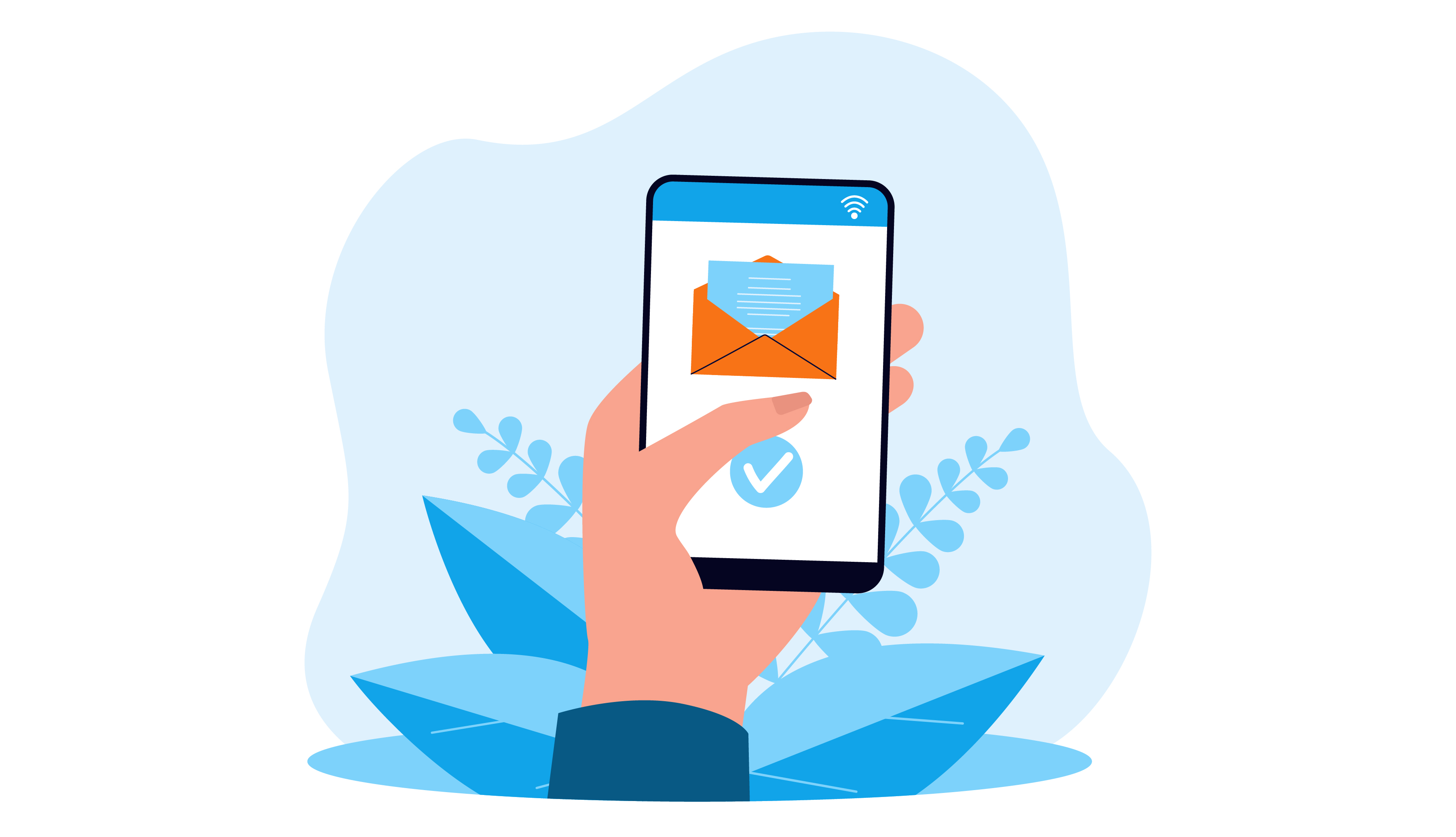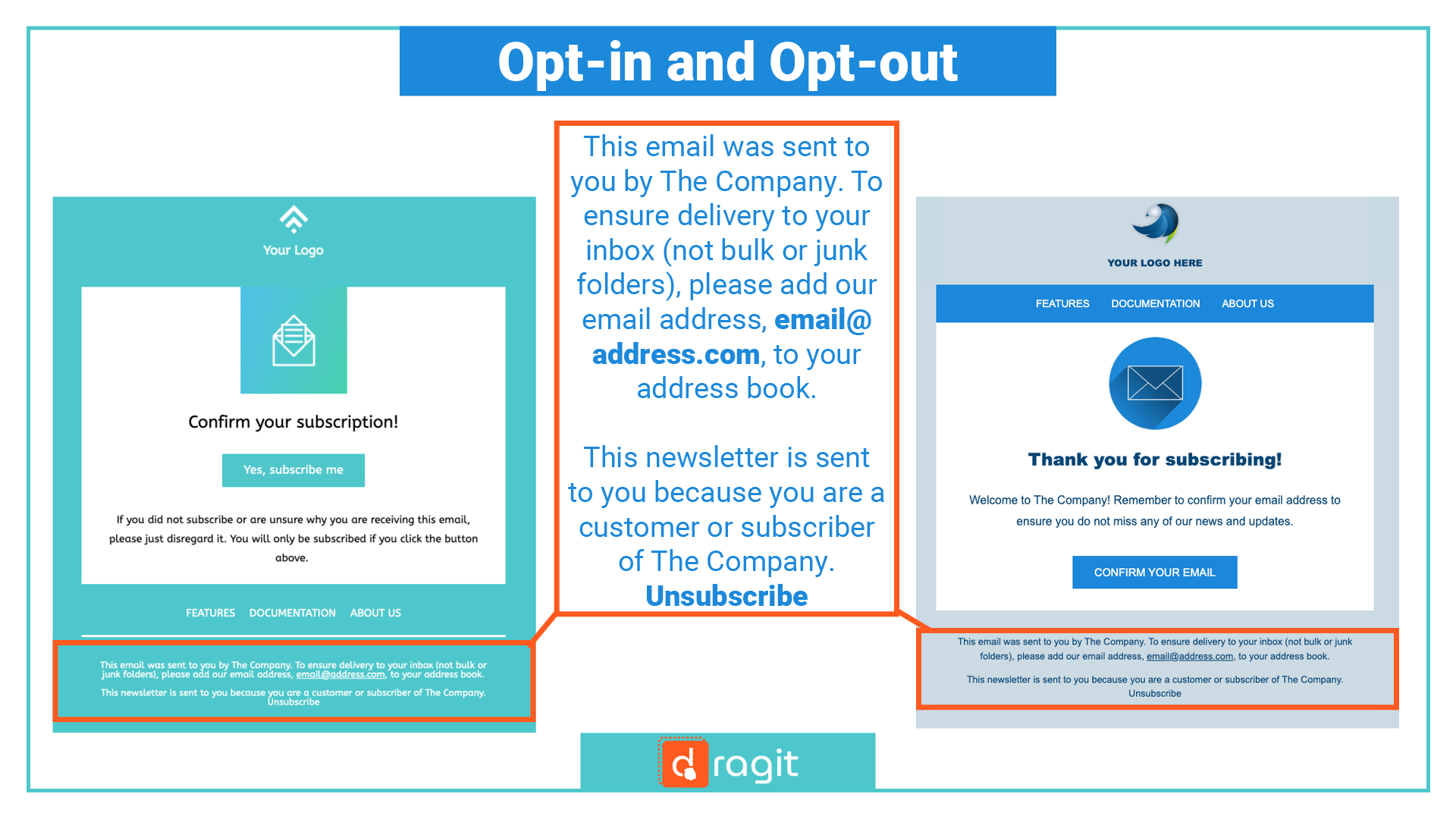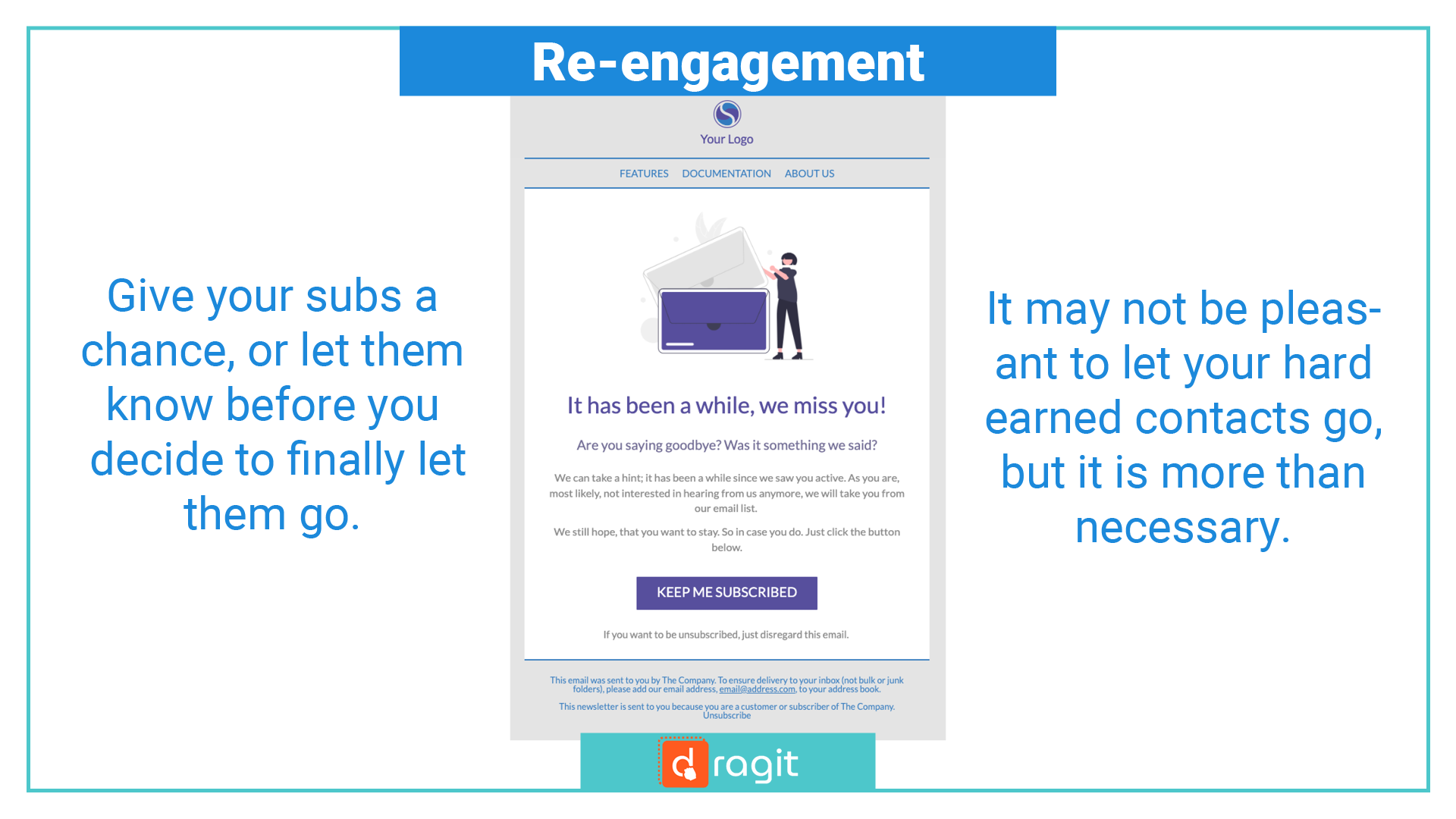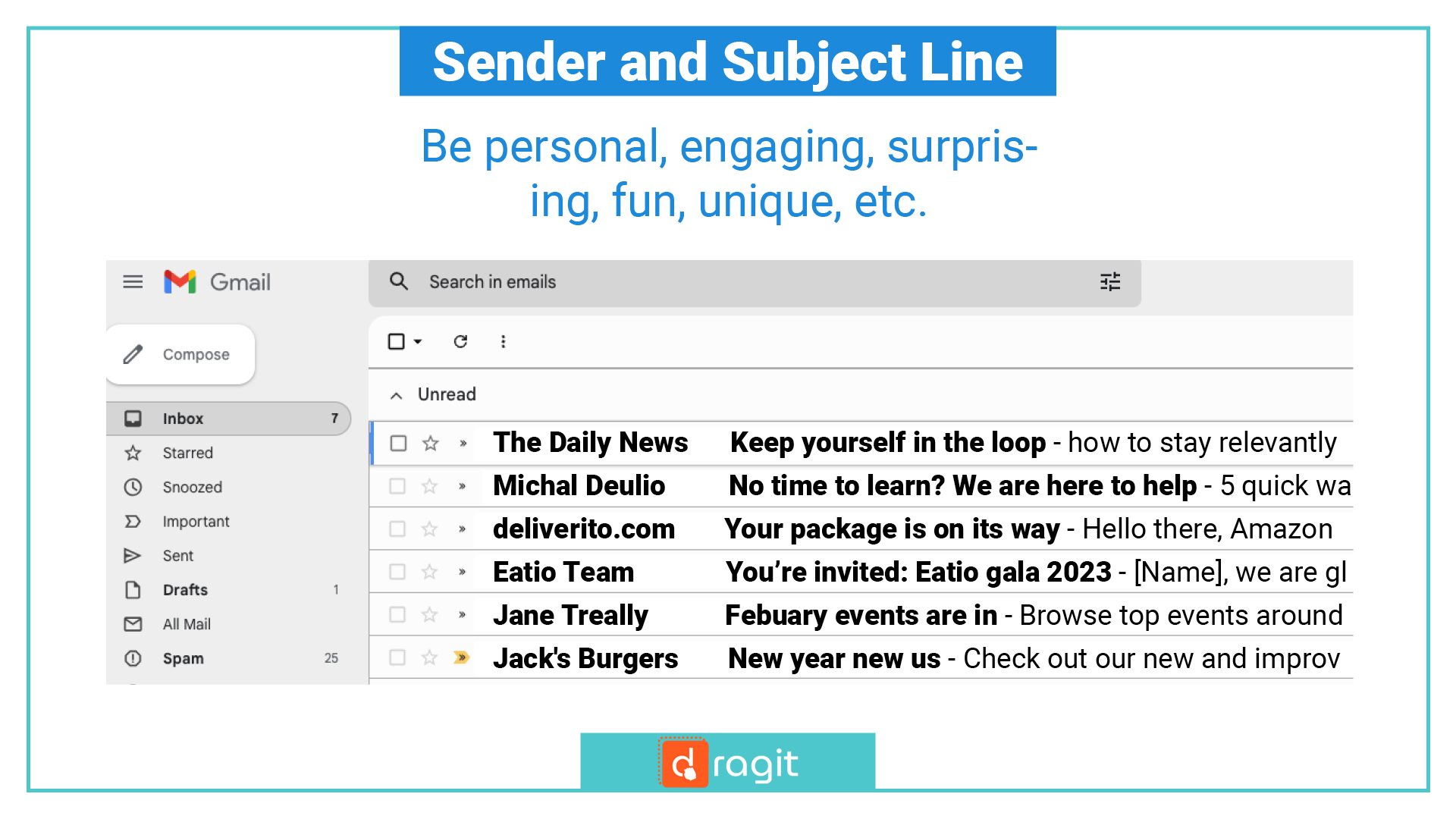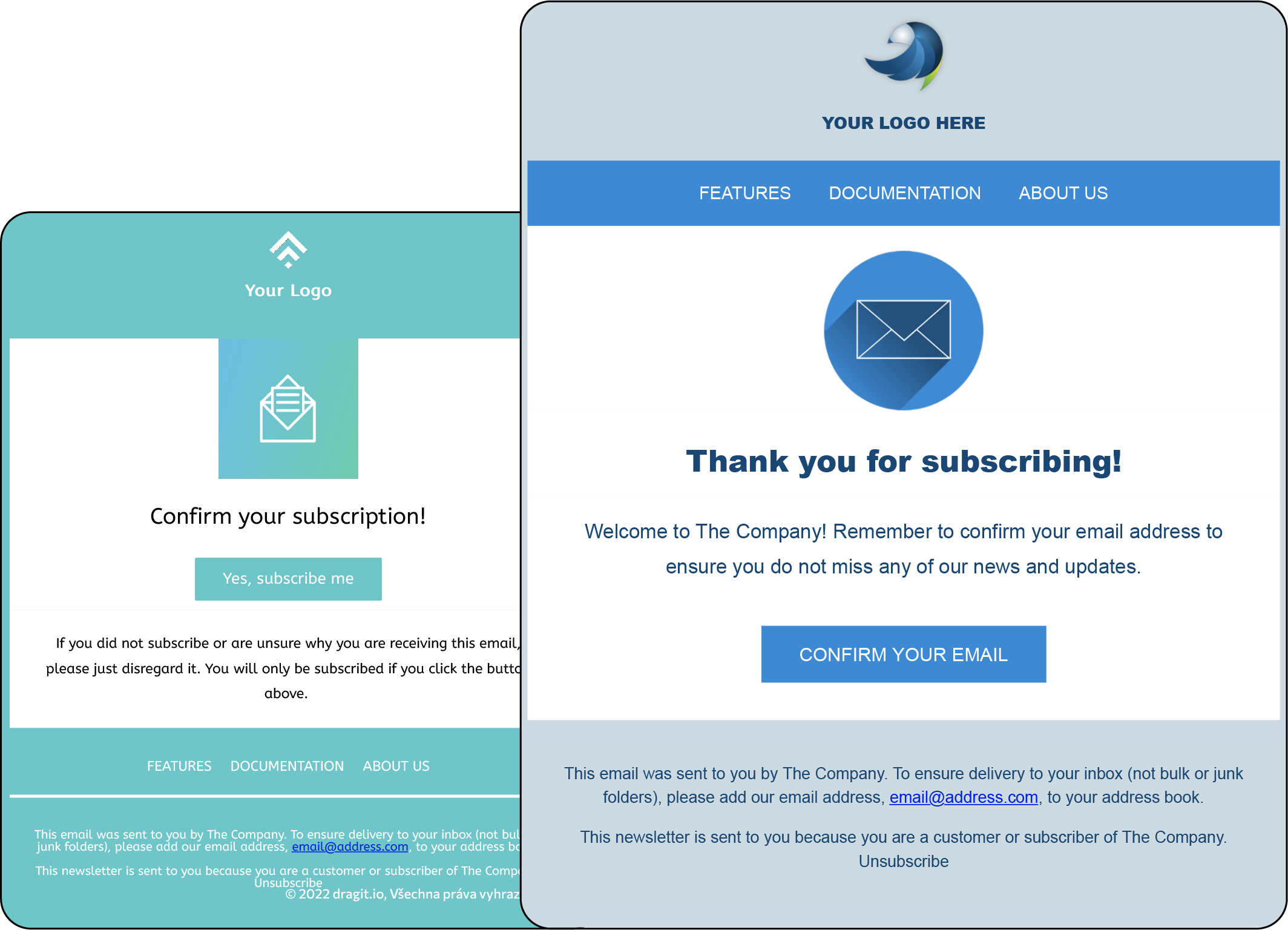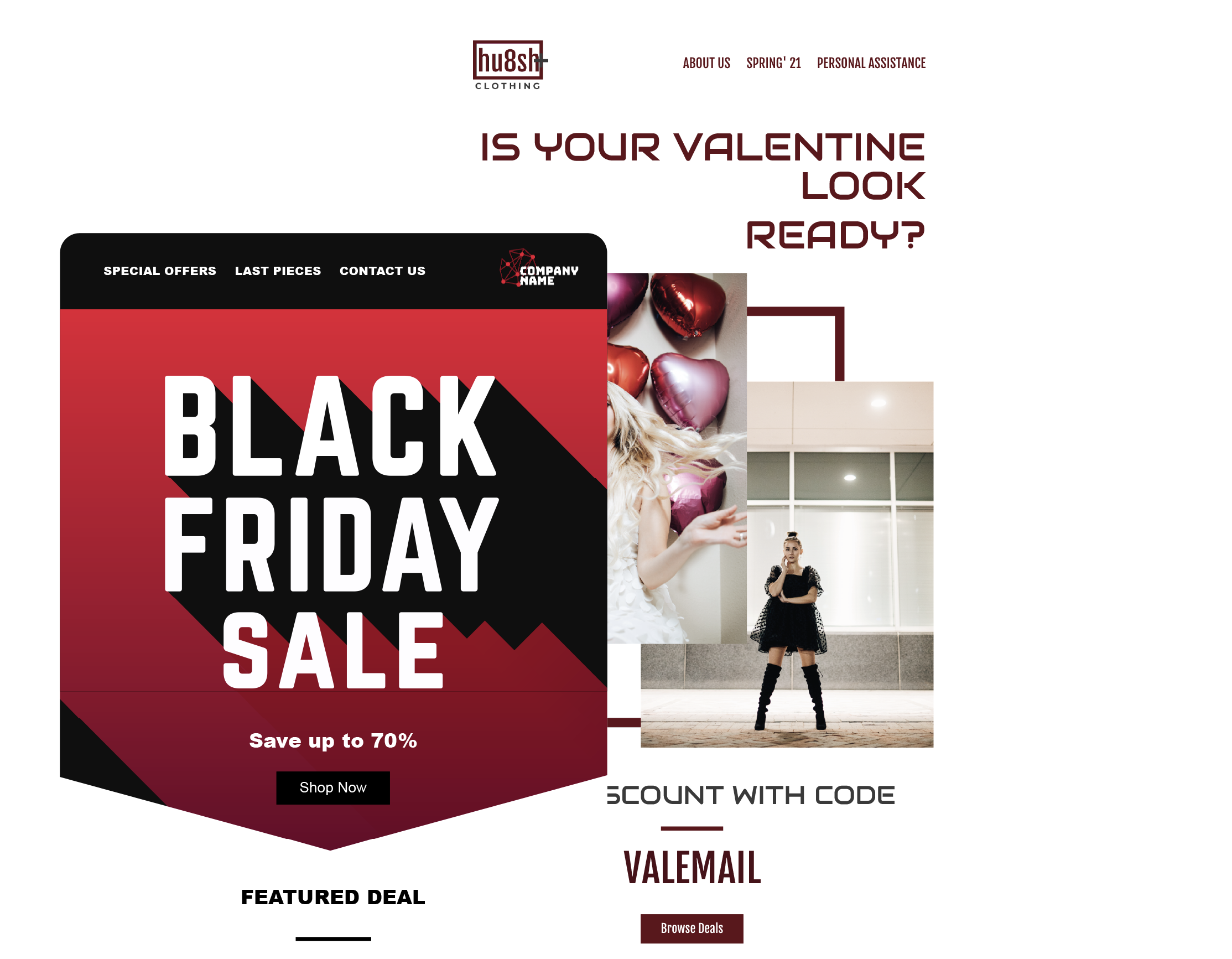You may think you are in your best email marketing game, but your emails may still need to cross a few bridges to reach your audience. How is that possible? With increasing efforts to avoid spam, no matter how legitimate, fair, fun, and honest your email marketing endeavors are, you may be filtered out even before your audience sees your email. But don’t worry; all hope is not lost. We have some tips to help you to avoid spam filters and ensure that the emailing you have worked so hard on has the best chance of reaching your audience.
To avoid being marked as spam, try to focus on the following:
1. Legitimate Email Lists
Create your email lists fairly and legally. Buying, renting, rummaging the internet, or otherwise questionably gaining contacts, significantly increases the chance of being marked as spam. Not only are all these tactics considered shady, but some may even be illegal. And if questionable practices are not deterrent enough, these contacts may likely be either low quality or simply will not be interested in your emails. And investing time and/or money into something with minimal or nonexistent ROI is not worth it.
If you do not create your own email lists with contacts opting-in to be part of your list, you are more likely to become a victim of spam traps. Spam traps are created email addresses (or inactive addresses) used to catch spammers; they appear to be legitimate individuals at first glance but are actually not. As they never interact and cannot opt-in, any email you send them will be automatically marked as spam. So If you abide by the rules and have updated and genuine (described below) email contacts, you are way more likely to avoid these traps.
!TIPS AND TRICKS!: Personally curating your email lists, focusing on getting permission from your contacts by having them opt-in, or double opt-in (examples below) to your emailing, and allowing them to opt-out anytime is the best policy.
2. Refreshed Email List
Keeping your contact list continuously updated is a great idea overall. If you email accounts that have bounced over and over again, meaning the addresses are closed, invalid, or nonexistent, it may tarnish your reputation. Also, sending your emails to long-abandoned addresses makes it likely for you to fall into the aforementioned spam traps.
!TIPS AND TRICKS!: To refresh your list and sort out the inactive subscribers extra fast, you can treat subs that have not opened your emails for more than 6 months as inactive. A more detailed approach is to gradually adjust the frequency of emails you are sending them and then send a re-engagement email at the end. Remove their addresses if the emails bounce back or do not work to re-engage your subscribers.
3. Solid Marketing Strategy and Segmentation
Knowing why you are sending your emails and who you are sending them to is essential. To understand the WHY, focus on building a solid marketing strategy. That is an article in and of itself (and it will undoubtedly soon be one), but to state the basics: provide value to your audience and call them to action. No matter what type of email you focus on, if you remain valuable to your audience and engage them, you know what you are doing, at least on the surface. To understand the WHO, focusing on segmenting your contacts well and targeting each segmented audience with properly curated content is an excellent rule of thumb, even for keeping you from spam filters. Spam filters filter out unwanted and suspicious bulk emails, preventing them from reaching inboxes. They may use the tiniest details to filter emails out. More highly curated emailing with a personal touch means a higher likelihood you will not be considered spam. Learn more about segmentation in one of our older articles, for example, HERE.
4. Professional Sender and Subject Line
The first information that is seen when your email reaches its target is your sender name and subject line. More than 40% of readers mark emails as spam just from their sender name. (Litmus, 2016) Using your company name or personal name is the best idea. Regarding the subject line, 69% of email recipients report emails as spam just after reading the subject line. (Invesp, 2021) The subject line is something we highlight in many of our articles; it is one of the first things your audience sees and therefore is crucial to your emailing. But this time, we will be even more strict with our recommendation. Even if it might look cute and fun and energetic, if you really want to be extra careful and avoid spam filters, focus on these few simple tips and limit or prevent usage of:
- all caps
- exclamation points
- spam trigger words (HELP, MIRACLE, WINNER, SATISFACTION GUARANTEED)
5. Best Design and Content Practices
You can always refer to our email design and content-focused articles to elevate your emailing game. To focus on some that influence you being deemed spam, consider the following Do’s and Don’ts:
DON’T
- DON’T use attachments (they are often used to send viruses).
- DON’T embed videos or media (some platforms do not allow them to play).
- DON’T forget to fix broken or incomplete tags.
- DON’T use improper grammar and spelling (80% of all respondents find spelling and grammatical errors unacceptable Radicati Group, 2014-2018).
- DON’T use huge images (they may load too slowly or not at all).
DO's
- DO keep your email straightforward; more likely to be read.
- DO balance your design elements (not too much, not too little).
- DO include alt text (if something does not load, at least they know what was there).
- DO focus on added value and CTAs; an engaged audience is the best.
- DO allow your audience to view email in a browser if not displayed correctly.
6. Know Your Data
To ensure that what you send out does not become spam, it is best to monitor all you can and get all the data you can get. That can include, but is not limited to:
- the reputation of your sender’s IP,
- changes in laws and other policies (such as the CAN-SPAM act),
- the behavior of internet service providers,
- spam filter technology,
- email deliverability (can be tested by online tools).
To Sum Up
You need to consider several aspects to avoid your emails being filtered out as spam. On the one hand, you must ensure that your emails come to your audience in their utmost quality, from your name and subject line, through high-quality functional email design and content, to the opt-out possibility in every email. On the other hand, you need to follow up on everything that is going on in the vast world of spam filtering. Especially spam filters, spam traps, spam rules and regulations, and any updates about new programs or policies internet service providers use to filter spam emails. Last but not least, you need to update your emailing lists to ensure that your audience is active and willing to continue to receive your emails. So follow the rules, be straightforward, personal, and engaging and always stay up to date.
